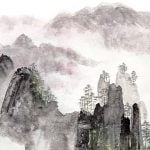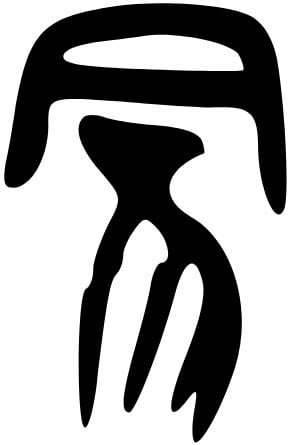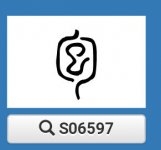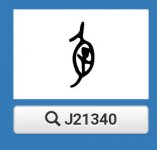Clarity,
Office 17622,
PO Box 6945,
London.
W1A 6US
United Kingdom
Phone/ Voicemail:
+44 (0)20 3287 3053 (UK)
+1 (561) 459-4758 (US).



Qian is a horse, Kun is an ox;
Zhen is a dragon, Xun is a cock;
Kan is a pig, Li is a pheasant;
Gen is a dog, Dui is a sheep.
Richard Rutt, Zhouyi
‘Corruption. Creating success from the source.
Fruitful to cross the great river.
Before the seed day, three days. After the seed day, three days.’
Hexagram 18, the Oracle
‘Below the mountain is the wind. Corruption.
The noble one rouses the people to nurture character.’
Hexagram 18, the Image
‘Below the mountain, spring water comes forth. Not Knowing.
A noble one nourishes character with the fruits of action.’
Hexagram 4, the Image

Hexagram 4 and its mountain
...
This mountain-cover can be protective. The character also normally has a ‘plant’ component above the cover, so that LiSe once suggested the pig might be a piglet whose mother pushed it into the undergrowth to hide it.
This is one of those trigram sets that makes perfect sense to me. I always think of Jakarta, which is, as much as I love it, a stinking, corrupt cesspool of vice, built on the sins of an horrific colonial system. It's also horribly polluted, not only because of the hundreds of thousands of two-stroke engines belching out smoke, but also because the air is trapped by a ring of mountains around it. Absolutely 18.In the same way, around the world, wind that’s trapped below the mountains has a reputation for being unwholesome, ‘bad air’. And when we cast Hexagram 18, we think of corrupt patterns passed down through families – an oppressive weight of inheritance or tradition, and all things ‘set in stone’. 18’s mountain has all these associations.


I like that.I might think of Hex 4 as being a situation where Water is being held within Mountain's womb ... at least until it has learned the first lessons Mountain has to teach it (and not the second or third lessons) -- and then Water can begin to flow: 'at the foot of the mountain, a spring emerges.'
Mountain above, Water below are the outer / inner trigrams, but I was exploring the idea that with this hexagram they are interacting as womb-like baoti and nuclear - and more generally, I was exploring the different ways that trigram Moutain manifests its unique 'self'.Did you intend to mean it as baoti, though ....
Clarity,
Office 17622,
PO Box 6945,
London.
W1A 6US
United Kingdom
Phone/ Voicemail:
+44 (0)20 3287 3053 (UK)
+1 (561) 459-4758 (US).